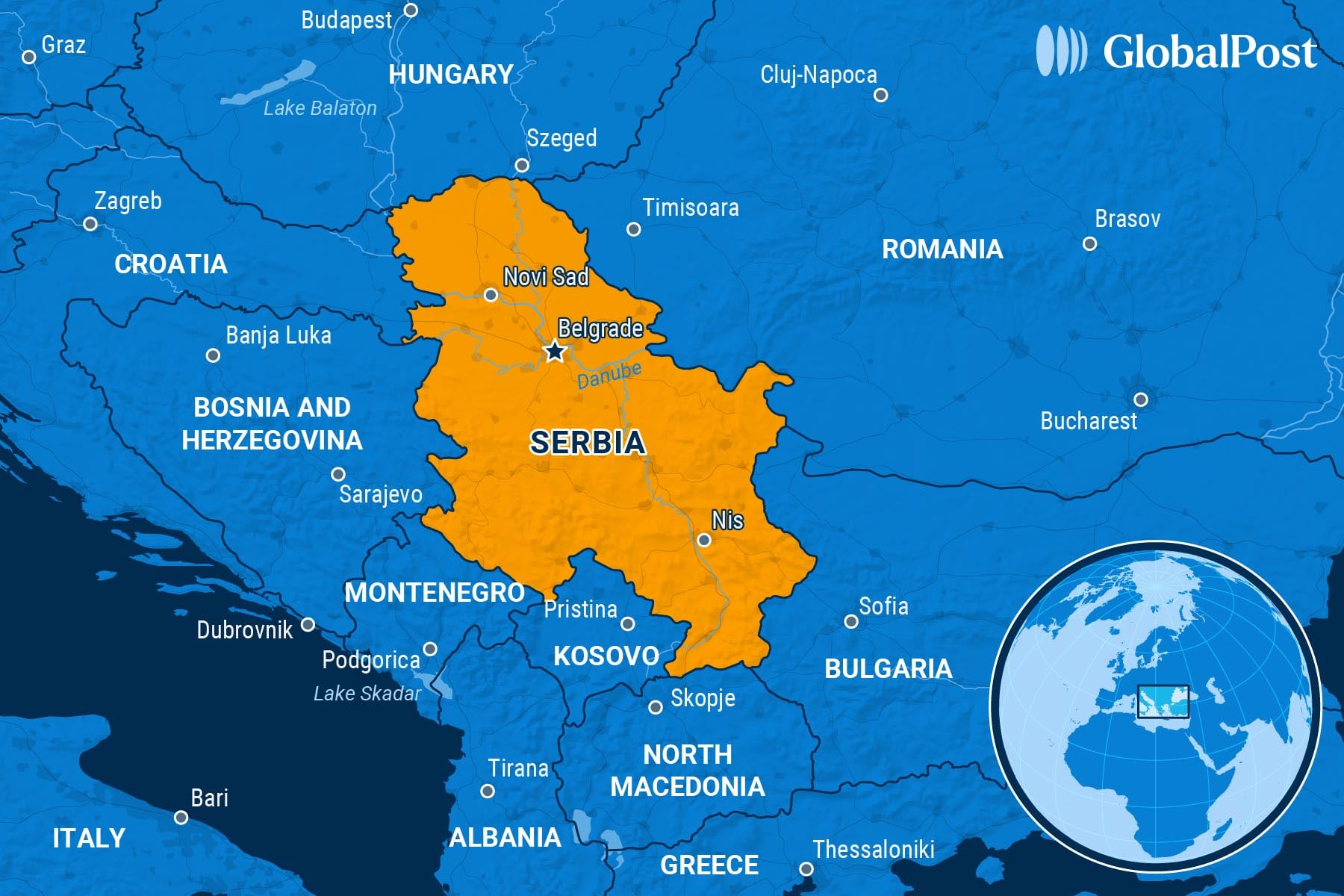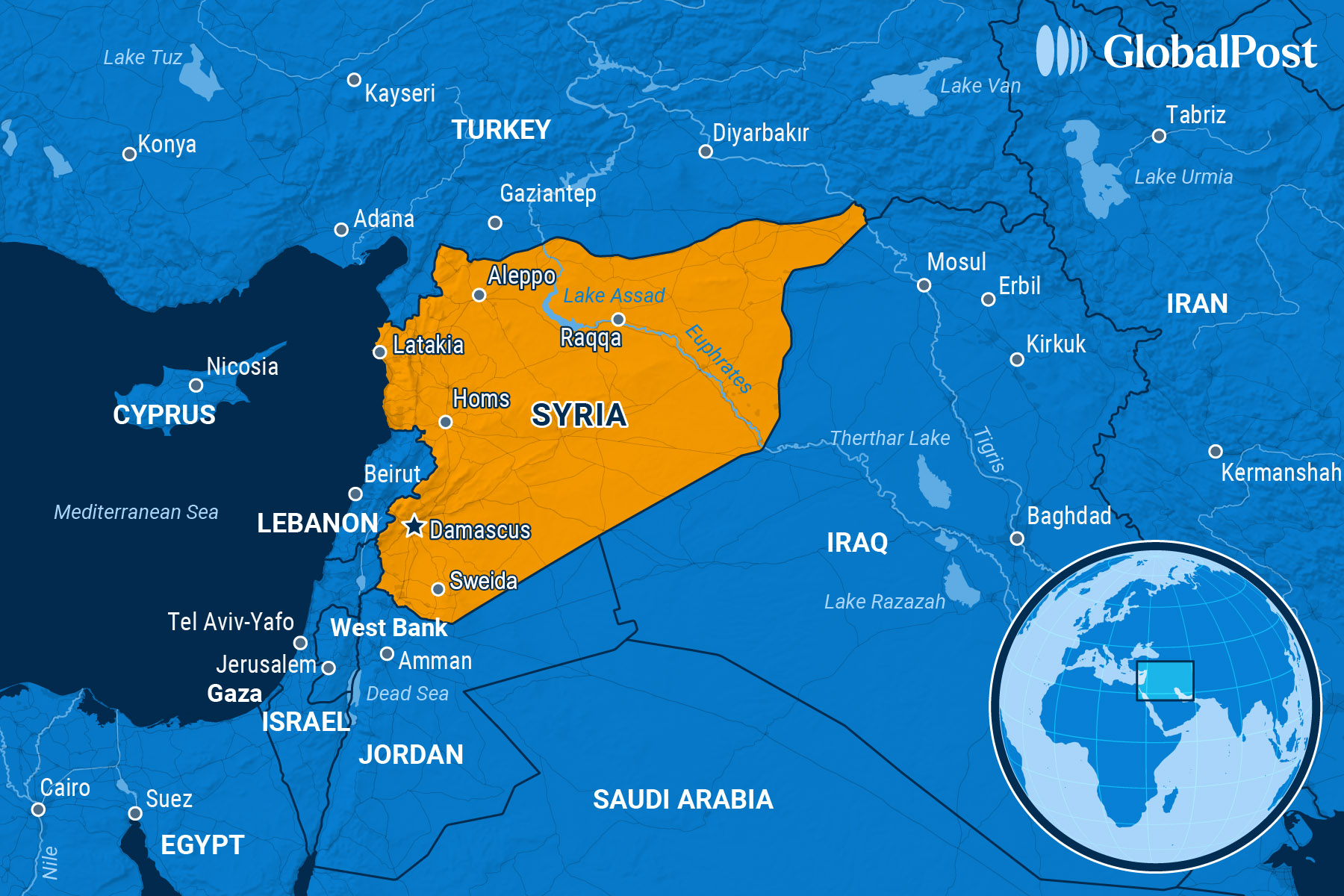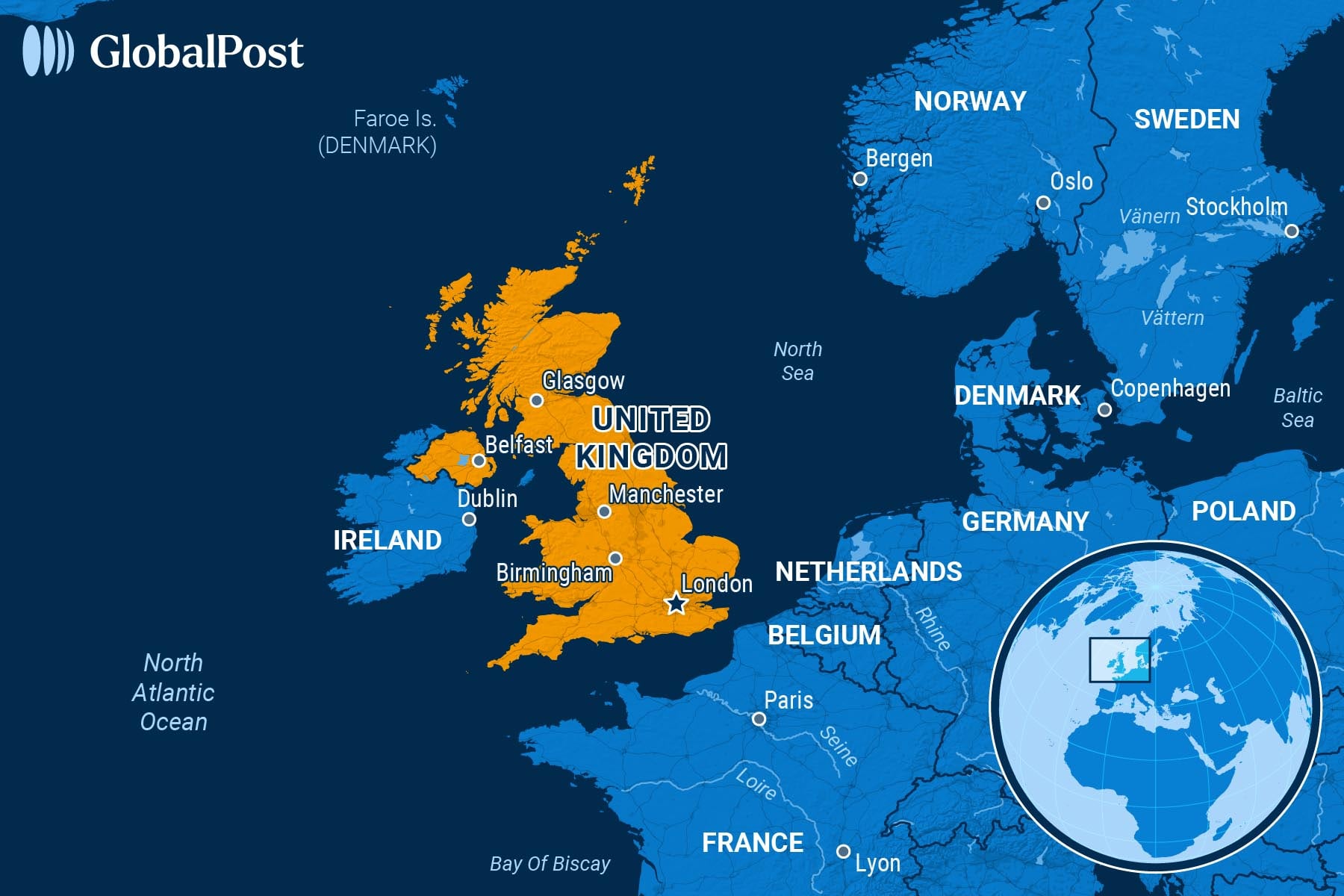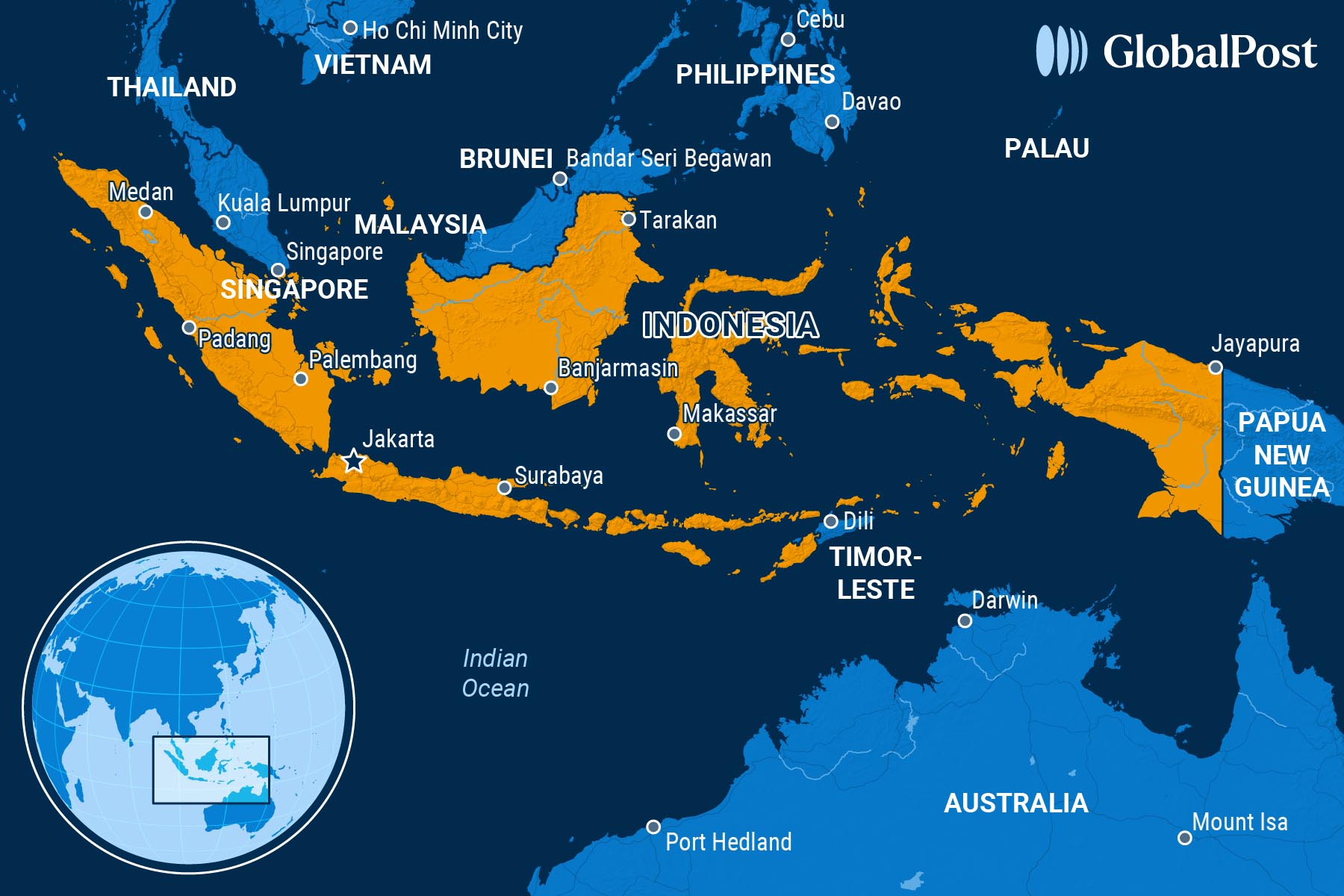The Serbian Standoff: Students Won’t Back Down. Neither Will the President
NEED TO KNOW
The Serbian Standoff: Students Won’t Back Down. Neither Will the President
SERBIA
 Late last month, more than 140,000 Serbians took to the streets in the latest protest against the Serbian government. This time, however, they were met with an unusually high level of violence, clashing with riot police in a melee that left dozens of officers and students injured and dozens more protesters in handcuffs.
Late last month, more than 140,000 Serbians took to the streets in the latest protest against the Serbian government. This time, however, they were met with an unusually high level of violence, clashing with riot police in a melee that left dozens of officers and students injured and dozens more protesters in handcuffs.
The next day, the protesters came back in force, erecting metal fences and using garbage containers to block roads and a key bridge in the capital of Belgrade, and pelting the offices of the ruling populist Serbian Progressive Party (SPP) with eggs in the northern town of Novi Sad.
The near-daily demonstrations erupted eight months ago over corruption.
What’s unusual about the protests in Serbia now, however, is that they are still going on, say analysts, explaining how demonstrations here and in other countries usually fade after a few days or weeks because of the toll they take on protesters: Missed work and family commitments, and exhaustion in the face of harsh weather conditions, violence, and persecution.
And yet they stay.
“We are here today because we cannot take it anymore,” student Darko Kovacevic told the Associated Press. “This has been going on for too long. We are mired in corruption.”
Protesters say they will remain. The president they are determined to bring down, Aleksandar Vučić, says he has no plans to go. As a result, the battlelines have become etched in the streets, which have seen disruptions since November when a concrete canopy at the railway station in Serbia’s second-largest city, Novi Sad, collapsed, killing 16 people. Protesters blamed corruption in the contracting process.
Initially, the protests called for a transparent accounting of the accident and justice for the victims. Now, the demonstrators want the government to step down and call new elections.
Vučić is defiant, calling the demonstrators “foreign agents,” and accusing them of threatening the “constitutional order,” a charge usually reserved for those involved in armed insurrections.
He has increased the pressure on protesters by putting riot police on the streets and arresting protesters, cutting the funding off to universities closed by students, and threatening students and their families.
Vučić, who has held various posts of power in the country since 2012 and became president in 2023, has become increasingly authoritarian since coming to power more than a decade ago, say analysts. Though he formally says he wants Serbia to join the European Union, critics say he has stifled democratic freedoms and has strengthened ties with Russia and China.
Even so, observers say he is clearly rattled that the protests have not dissolved but grown.
Over the past six months, Vučić and his right-wing SPP have been trying to make concessions, say observers. The government has arrested 13 people in connection with the accident at Novi Sad, including the former minister in charge of construction at the time, reported Balkan Insight.
Also, the president fired his prime minister and proposed an “advisory referendum” on his presidency, which was rejected by the opposition as non-binding.
Even so, the real shock came on June 8 in Vučić’s strongholds of Kosjerić and Zaječar, two small towns where the SPP has traditionally received almost 80 percent of the vote in local elections. Instead, its support dropped dramatically to 51 percent and 48 percent, respectively, in the first vote since protests broke out, and one that saw record turnout.
“Namely, (the elections) showed that sustained public pressure, and synergy between students and opposition, can effectively challenge and expose the mechanisms of electoral manipulation that have long propped up the Vučić regime, casting serious doubt on their effectiveness, especially if nationwide elections were to be held,” wrote the Balkans in Europe Policy Advisory Group.
Serbia under the current government has seen mass protests break out regularly over elections, a lithium mine, and other issues since 2016. The government has always survived them. But analysts say they think even the president has doubts that the protesters will tire and eventually go home – until the next trigger.
“The government tried to react to the protest in the usual way through a mixture of intimidation and diverting attention…,” Marta Szpala, of the Center for Eastern Studies in Warsaw, wrote in New Eastern Europe magazine. “Usually this has worked but not this time.”
THE WORLD, BRIEFLY
Israel Strikes Syrian Military Amid Sectarian Clashes
SYRIA
 Israel launched airstrikes on the Syrian capital of Damascus Wednesday, with targets including Syria’s Defense Ministry headquarters, escalating its involvement in the neighboring country’s sectarian clashes even as Syrian officials announced later in the day they had reached a new ceasefire deal with leaders of the Druze religious minority, the Associated Press reported.
Israel launched airstrikes on the Syrian capital of Damascus Wednesday, with targets including Syria’s Defense Ministry headquarters, escalating its involvement in the neighboring country’s sectarian clashes even as Syrian officials announced later in the day they had reached a new ceasefire deal with leaders of the Druze religious minority, the Associated Press reported.
On Wednesday, Syrian officials said its forces were withdrawing from the southern city of Sweida after days of intense fighting. It was not immediately clear if the new agreement, announced by the Syrian Interior Ministry and in a video message by a Druze religious leader, would hold, the newswire wrote. A previous ceasefire announced the day before quickly fell apart.
The announcement of the ceasefire followed strikes by Israel on the heart of Damascus. Israeli Defense Minister Israel Katz warned that the attacks would intensify unless Syrian troops withdrew from southern Syria.
Wednesday’s strikes follow days of violence in Sweida, where local Druze militias have been engaged in fighting with Sunni Bedouin tribes.
The two communities have been at odds for decades but the recent unrest began over the weekend when armed Bedouins kidnapped and robbed a Druze vegetable seller, triggering a cycle of tit-for-tat kidnappings between the two groups.
Government forces entered the city Tuesday, claiming to enforce a ceasefire. However, the United Kingdom-based Syrian Observatory for Human Rights and local reports said government troops joined Bedouin militias in attacking Druze fighters and civilians.
The observatory said that more than 350 people have been killed in the clashes as of Wednesday morning, the Guardian noted.
The clashes and Israeli strikes continue to highlight the difficulties Syria’s new Islamist-led government is facing months after the ouster of longtime President Bashar Assad in December.
Minorities, including the Druze, Kurds, and Alawites – Assad’s community – remain deeply suspicious of the new rulers, citing marginalization and broken promises of inclusion.
On Wednesday, interim President Ahmad al-Sharaa condemned the “criminal and illegal actions” in Sweida and vowed to hold perpetrators accountable. He later said in a televised address Thursday that the Druze are an integral part of Syria, adding that they “are under the protection and responsibility of the state.”
In the same address, the interim leader also condemned the Israeli strikes and accused Israel of seeking to break Syrian unity.
Israel’s involvement has prompted questions about its intentions in Syria.
Israel has long viewed the Druze as a loyal minority, with many serving in the Israeli army. Even so, it has reinforced its military presence along the Syrian border near the Golan Heights, insisting that the region must remain demilitarized.
On Tuesday, Israeli Prime Minister Benjamin Netanyahu said Israel has “a commitment to preserve the southwestern region of Syria as a demilitarized area on Israel’s border” and has “an obligation to safeguard the Druze locals,” AP reported earlier.
Even so, some analysts say that Israel is using the Druze as a pretext to destabilize the Syrian government, which it believes to be a threat, according to Agence France-Presse.
UK Secretly Relocated Thousands of Afghans Following Data Leak
UNITED KINGDOM
 The United Kingdom secretly relocated thousands of Afghans who worked with British military forces deployed in Afghanistan after the UK government accidentally leaked their identities three years ago, putting them at risk of attack from the Taliban following their return to power, Reuters reported.
The United Kingdom secretly relocated thousands of Afghans who worked with British military forces deployed in Afghanistan after the UK government accidentally leaked their identities three years ago, putting them at risk of attack from the Taliban following their return to power, Reuters reported.
The leak, the subject of a scandal currently gripping the UK, occurred in early 2022 after a Ministry of Defense employee accidentally sent an email to an individual outside of the government containing a spreadsheet with details of Afghans who worked for the British government and had applied to relocate to the UK ahead of the Taliban’s takeover in 2021.
The previous UK administration, led by conservative Prime Minister Boris Johnson, set up the secret relocation scheme – estimated to cost the government about $2.7 billion – due to concerns that the individuals whose identities had been leaked could be targeted by the Taliban, who regained control of Afghanistan following the withdrawal of Western forces.
After the initial leak in 2022, the private data was published on Facebook the following year. Both the leak and the secret relocation scheme were subject to a so-called super-injunction, meaning that the media was forbidden from reporting on it.
A court lifted the super-injunction on Tuesday.
According to the government, about 4,500 Afghans and their families have been relocated – or were about to be – under the secret scheme.
This incident is considered one of the worst security breaches in modern British history due to the costs and the danger it posed to thousands of Afghans.
Those affected by the leak have sued the government.
Indonesia Reaches ‘Historic’ Trade Deal with US
INDONESIA
 Indonesia this week reached a “historic” trade agreement with the US, personally negotiated between President Prabowo Subianto and his US counterpart, with Indonesia agreeing to buy significantly more American products, MercoPress reported.
Indonesia this week reached a “historic” trade agreement with the US, personally negotiated between President Prabowo Subianto and his US counterpart, with Indonesia agreeing to buy significantly more American products, MercoPress reported.
According to the new deal, Indonesia will eliminate tariffs on US imports, while the US will reduce its tariffs on Indonesian goods from the threatened 32 percent to 19 percent.
Part of the agreement consists of Indonesia committing to substantial purchases from the US, including $15 billion in energy, $4.5 billion in agricultural products, and 50 Boeing aircraft, valued at around $20 billion.
The total value of Indonesia’s projected purchase is estimated at about $40 billion.
Indonesia is among the US’ top 25 trade partners, exporting about $28 billion worth of goods last year, including clothing, footwear, and palm oil.
In turn, the agreement will grant the US “full access” to the Indonesian market, according to US President Donald Trump, specifically referring to Indonesia’s abundant copper resources.
American ranchers, farmers, and fishermen will also have full access to Indonesia’s market of more than 280 million people.
The new deal includes an anti-trade diversion clause, stipulating that if Indonesia behaves as an intermediary for countries facing higher US tariffs by allowing the rerouting of goods through Indonesia to avoid import taxes, those tariffs will still apply to the transaction.
Prabowo wrote on Instagram that the deal marked a “new era of mutual benefit” with Washington, adding that Trump was “quite a tough negotiator,” the BBC noted.
The deal is the latest following Trump’s move this spring to institute tariffs on most US trade partners. After postponing his most aggressive tariff plans, Trump this month renewed his threats, sending warning letters to dozens of countries that he intended to start charging high tariffs from Aug. 1.
With this deal, Indonesia became the fourth country to make a trade agreement with the Trump administration in recent months, following the United Kingdom, Vietnam, and China.
DISCOVERIES
The Enigmatic Runner
A labrador-sized animal fossil from 150 million years ago was believed to be a Nanosaurus.
Now, a new study shows that the remains, found at the Morrison Formation in the western United States, belong to a new, previously uncategorized species that once lived in North America.
“While the Morrison Formation has been well-known for a long time (for dinosaur remains), most of the focus has been on searching for the biggest and most impressive dinosaurs,” study co-author Susannah Maidment said in a statement. “Smaller dinosaurs are often left behind, meaning there are probably many still in the ground.”
Scientists named the species Enigmacursor mollyborthwickae. Enigmacursor, which means mysterious runner, lived in the Late Jurassic, together with famous giants like the Stegosaurus.
At about 25 inches tall and 71 inches long, it was tiny compared with the big dinosaurs of the time. Its long legs and speedy lifestyle, after which it’s named, likely allowed it to stay out of the way of dangerous predators.
However, scientists say there are signs indicating that Enigmacursor was not fully grown, so the remains likely belonged to a teenage dinosaur, and it’s unclear why it died young.
“One feature we look at in dinosaurs are the neural arches,” co-study author Paul Barrett said. “These are the top section of vertebrae, and form separately from the lower parts. They gradually merge as an animal gets older, so by examining them you can see whether it was still growing.”
The Enigmacursor remains were unearthed on private land between 2021 and 2022 and sold through a commercial fossil dealer. They were advertised as belonging to a species called Nanosaurus and first described in the late 19th century.
Most of the small dinosaurs named since the 1870s were named Nanosaurus but scientists have long suspected the categorization was incorrect. To prove their theory, researchers went to the US from London with scans of the skeleton and detailed photographs to examine the original Nanosaurus, which is considered the archetypal specimen, explained the BBC.
“Nanosaurus wasn’t named based on many fossilized bones, but largely the preserved impressions of bones pressed into hardened sand that are very difficult to study,” said Barrett. “So, we turned to the other bones that have been referred to the group over the past century, but these weren’t particularly well-preserved either.”
The scientists concluded that those impressions could have belonged to any dinosaur, while the remains they were examining maintained unique features that had to belong to a distinct species.
“When Nanosaurus was named in 1877, there weren’t that many named dinosaurs so the few characteristics that its fossils preserved would have been unique,” said Maidment. “Now, however, we have found hundreds of small dinosaurs from all over the world and know that the fossils of Nanosaurus just aren’t that useful, let alone enough to name a species with.”
